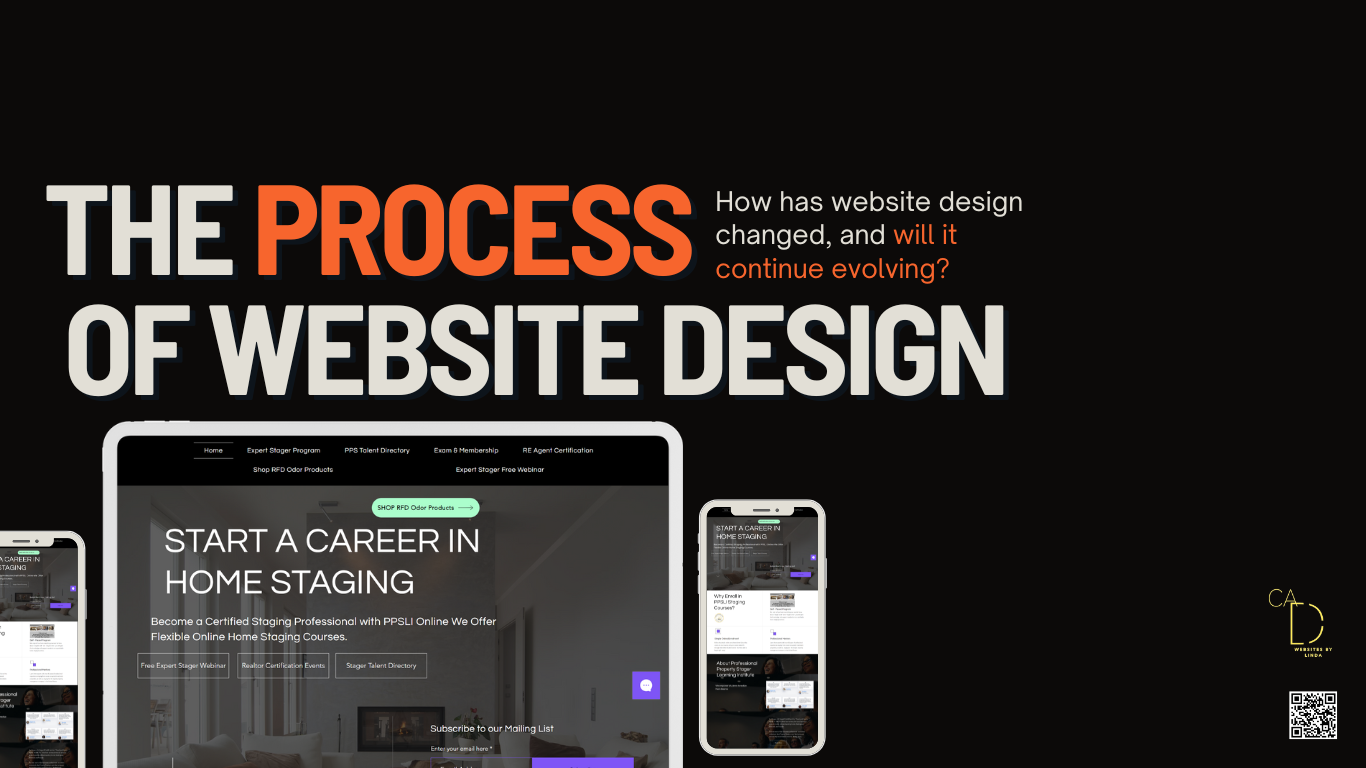

Web Technologies: The background or peripheral elements of the image will have futuristic, digital motifs, representing the evolving nature of web technologies.
Material Design and Flat Design Trends: Balancing the use of material design and flat design trends to achieve both depth and simplicity in visual elements.
Micro-Frontends in Web Architecture: Implementing micro-frontends, which break down the front-end monolith into smaller, manageable pieces, allowing for more flexible and scalable web development.
Web Design for IoT Applications: Designing user interfaces for IoT applications, considering the diverse range of devices and user interactions in the IoT ecosystem.
Asymmetric Layouts in Design: Breaks traditional grid patterns for creative expression, balancing asymmetry with usability and consistent cross-browser experience.
Minimalist Web Design Evolution: Focuses on simplicity and clarity, balancing minimalism with comprehensive messaging.
Context-Aware Design: Creating designs that respond to the user's environment or situation, providing relevant experiences based on location, time of day, or device type.
Content-Driven Design Strategy: Emphasizing the importance of content in driving design decisions, ensuring that design serves to enhance and communicate the content effectively.
Imagine a dynamic and futuristic scene where the core elements of web design and digital marketing come to life in a vibrant and creative way.
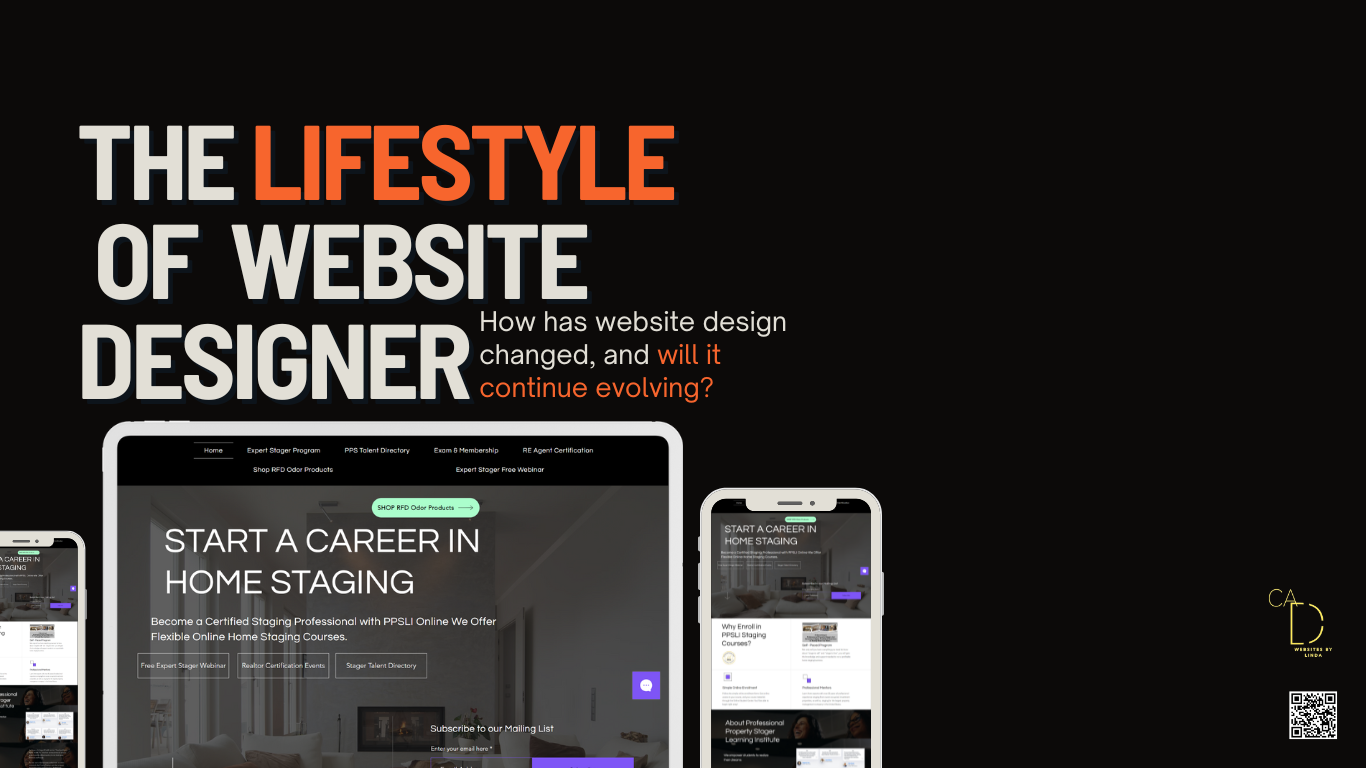
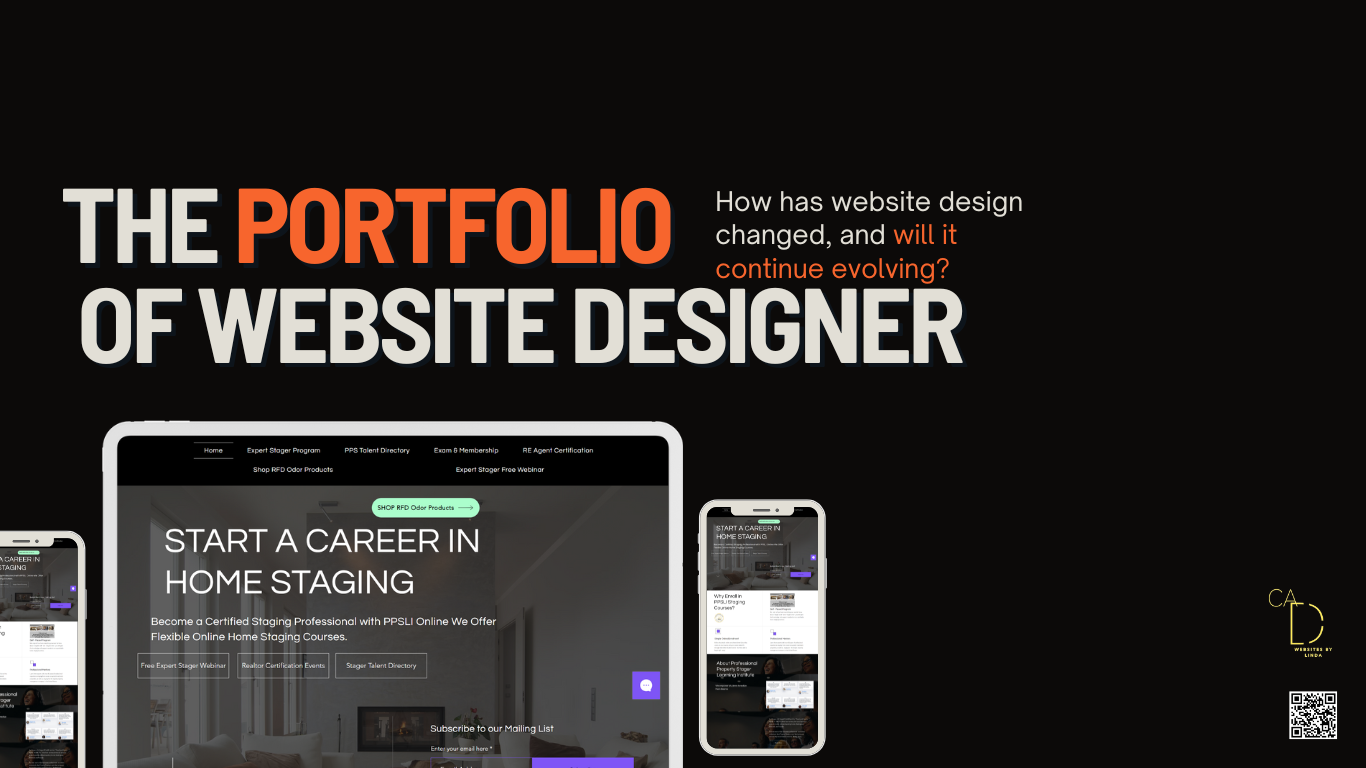
Progressive Enhancement in Web Development: Building web experiences that start with a basic level of user experience and enhance progressively, depending on the capabilities of the user's browser and device.
AR Integration: Enhances online experiences, especially in e-commerce.
SEO Integration: Include elements like optimized images, content snippets, and mobile-responsive layouts, indicating SEO practices.
Rapid Prototyping and Wireframing: Employing rapid prototyping and wireframing techniques for quick iteration and validation of design concepts with stakeholders and users.
Sound Design in Web Experiences: Adds an auditory dimension to enhance immersion, balanced with user preferences and accessibility.
Importance of Website Hierarchy: Organizes content for better navigation and user experience, using visual and structural hierarchy.
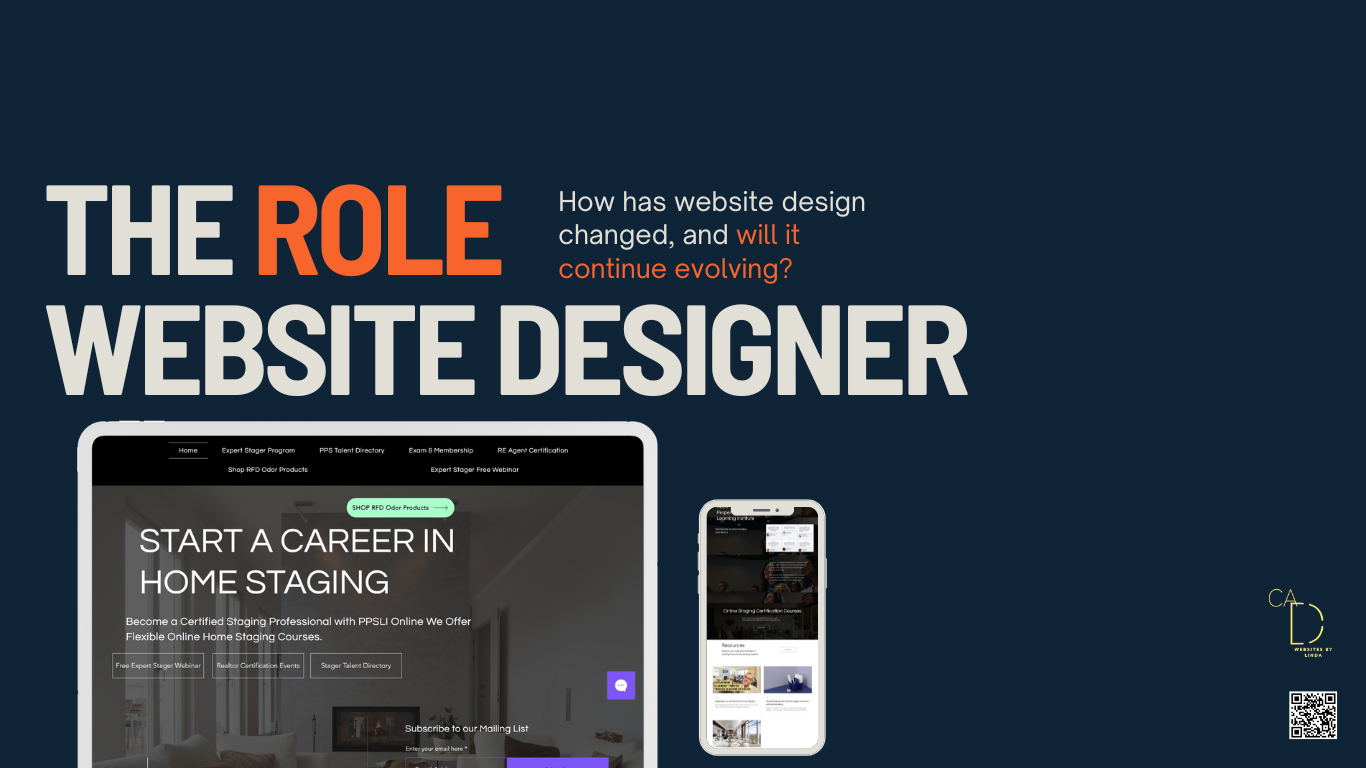

Web Design and VR: Exploring immersive experiences, beneficial in sectors like e-commerce and real estate.
Typography: More than font choice, it's about readability and conveying brand personality.
Voice User Interface (VUI) in Design: Incorporates voice commands and interactions, making websites more accessible and intuitive, especially for users with disabilities.
Psychology in Web Design: Applying principles of psychology to design, understanding how color, layout, and typography affect user emotions and actions.
Motion Graphics in Web Design: Incorporating motion graphics to provide dynamic storytelling and information presentation, adding depth to the user experience.
Cultural Sensitivity in Design: Ensuring cultural sensitivity in web design, acknowledging and respecting the diverse cultural backgrounds of the target audience.
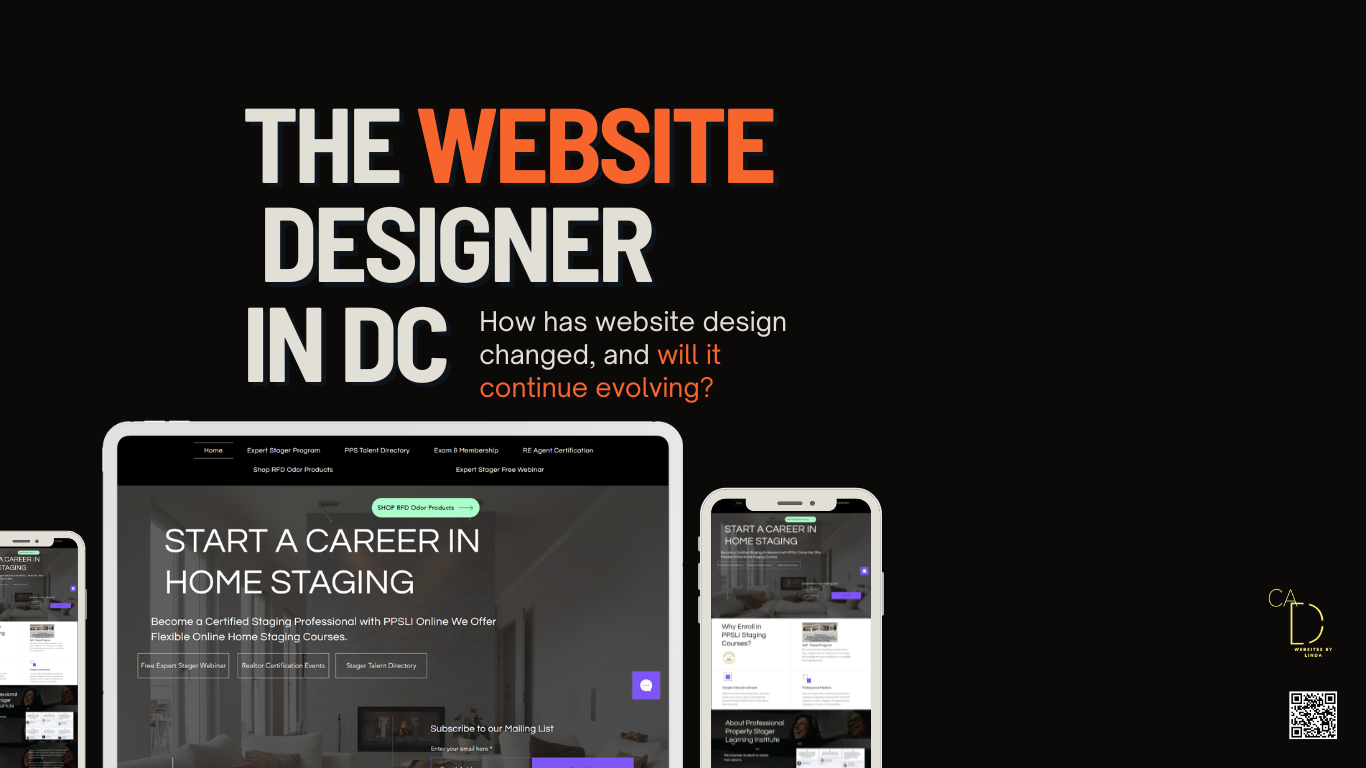
Hourly Rate Reasonably skilled freelance web designers make about $75 per hour. This figure can vary, though, according to CSS-Tricks. Website Builder Expert estimates that the cost to design a website is $30 to $80 per hour, while the cost to actually develop the website is $100 to $180 per hour.
A web designer creates the layout and design of a website. In simple terms, a website designer makes a site look good. They use design programmes to create visual elements and usually have expertise in user interface (UI), which means they strategically design a site that's intuitive and easy for visitors to navigate.
Google Web Designer is a free software tool available for download on both Windows and Mac computers. It does not have any subscription plans or pricing tiers, and users can access all of its features and functionality at no cost.